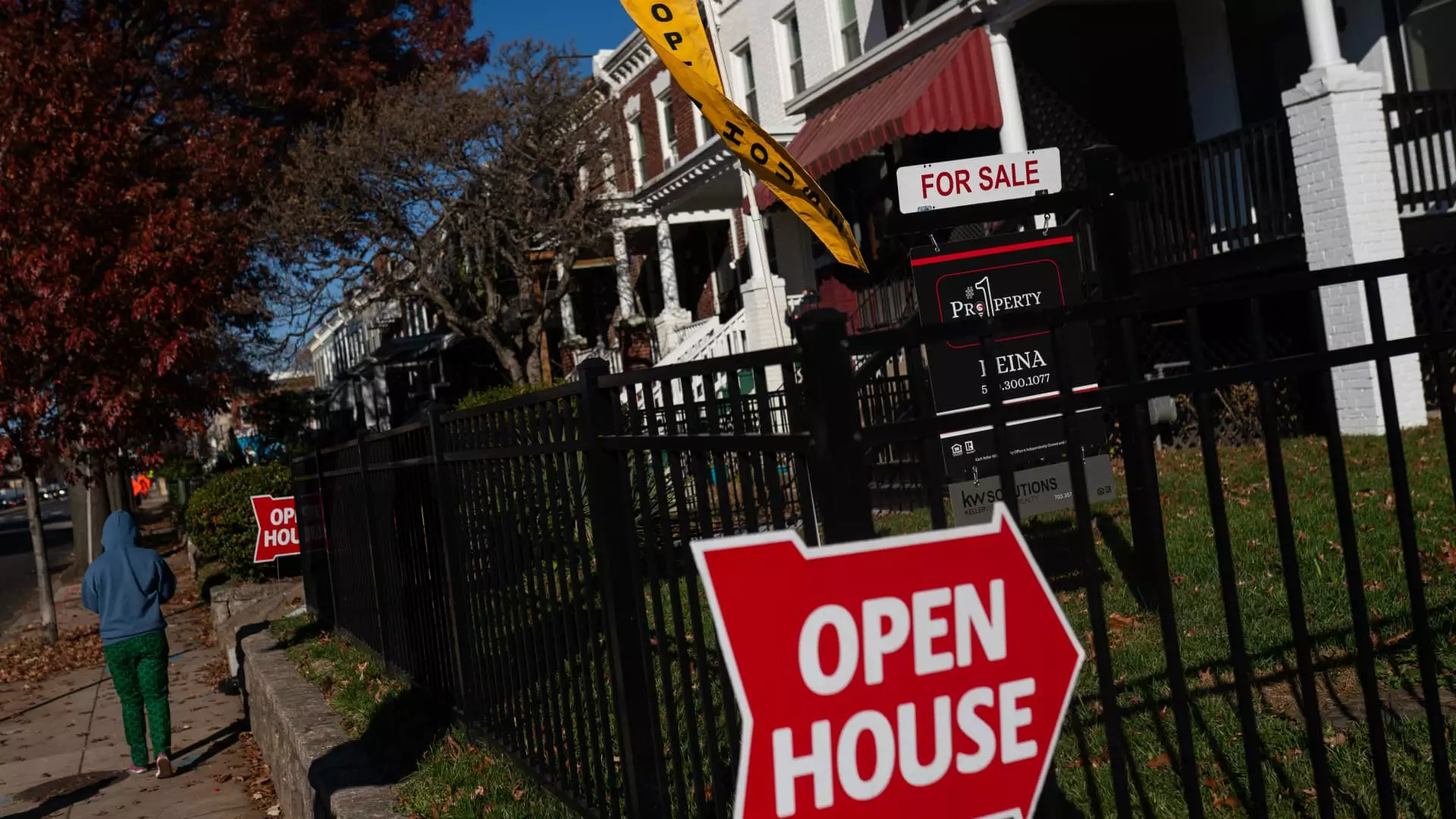The American Dream—once an attainable goal of owning a home, raising a family, and securing a place in society—is fading for today’s young adults. The tales of struggle and sacrifice that shaped the roads to homeownership for previous generations are becoming increasingly obsolete. The words of Maryland Governor Wes Moore resonate profoundly: “Housing isn’t just shelter; it’s security.” Yet, as we stand at the crossroads of high housing costs and escalating interest rates, securing that very security seems far less attainable. Through a keen analysis of the economic trends and social dynamics at play, it becomes evident that we are at risk of losing much more than just properties—we’re losing out on the values that once defined us.
Unraveling Generational Disparities
When reflecting on homeownership across generations, stark disparities emerge. Moore himself experienced the struggle of financial limitations firsthand when his mother, driven by love and discipline, sought a military school to re-channel his energy and potential. His story provides a microcosmic view of an insurmountable economic barrier many face today. For younger generations, the road to homeownership often feels scarred by circumstances beyond their control. Reports indicate that nearly 30% of young Marylanders are weighing the option of leaving the state due to exorbitant housing costs—a troubling statistic that reflects a national sentiment of disillusionment.
Statistics reveal that today’s 35- to 44-year-olds are less likely to own homes than their parents were at the same age—a decline of over 10%. This reality strikes at the core of what it means to pursue the American Dream. Such generational inequities are indicative of a larger trend where median home prices have soared while household incomes have barely kept pace. To think that homeownership was more accessible for our parents should nag at our collective conscience; it’s not merely an issue of economics but also one of societal fairness.
The Weight of Income Discrepancies
Delving deeper into the socioeconomic structure reveals a harsh truth: those at the lower end of the income spectrum face the steepest declines in homeownership. Education plays a pivotal role in this dynamic. With fewer lower-income individuals obtaining college degrees, we witness a direct correlation to diminished financial mobility. While increases in Black homeownership were recorded—thanks to a combination of wage growth and the arrival of younger generations at prime home-buying age—the statistics still show a shocking racial divide. The Black homeownership rate of 44.7% stands in stark contrast to the white homeownership rate of 72.4%. This disparity echoes decades of systemic disadvantages and raises questions about the equity in our housing markets.
This isn’t merely an issue of personal mismanagement; for many, it represents a systemic failure. If home equity remains a vital mechanism for accumulating wealth, then the lack of access to homeownership equates to a denial of opportunity, purposely limiting entire communities and generations from reaching their aspirations. We must ask ourselves: are we genuinely creating equal opportunities for all Americans, or is the notion of a truly equitable society simply an illusion?
Barriers Beyond Bolts and Bricks
So, what stands in the way of prospective homeowners in today’s tumultuous market? High home prices, daunting interest rates, and the rising costs of living create an agonizing triangle that hampers any hope of ownership. The recent report from the Joint Center for Housing Studies of Harvard University highlights the fact that significant portions of renters are spending more than 30% of their income on housing, marking a record high of cost-burdened individuals. The initiative of public policies aimed at easing the housing crisis needs aggressive execution—because as of now, it appears to be a threatening ghost overshadowing younger generations’ aspirations.
Policy changes, as proposed by many experts, could pave the way for more equitable housing opportunities. Programs aimed at down payment assistance, enhancements for lower-income households, and reducing zoning barriers could potentially reshape the landscape of homeownership. Yet, the question lingers: are policymakers truly dedicated to addressing the systemic issues or simply entrapped in the web of political maneuvering? The reality remains that significant change is necessary to restore confidence in the idea that the American Dream is still achievable for future generations.
The Broader Implication of Housing Security
Ultimately, housing extends beyond mere shelter; it embodies security and stability, providing families with the foundation they need to thrive. Rising barriers to homeownership perpetuate cycles of poverty, straining the social fabric that ties our communities together. The wealth accumulated through home equity isn’t just about the individual—it’s about planting seeds for future generations. As Moore aptly puts it, “They sacrificed part of their American dream so I could achieve my own.” It’s time we each step up to the plate and consider what sacrifices are necessary to ensure that the next generation has the same—if not better—opportunities.
The crisis calls for human-centered solutions that prioritize genuine affordability and equitable access to housing. It’s no longer just a financial issue; it’s a matter of social integrity. In a society that prides itself on its founding principles of liberty and the pursuit of happiness, what do we owe to each other to ensure that the dream remains alive for all?

